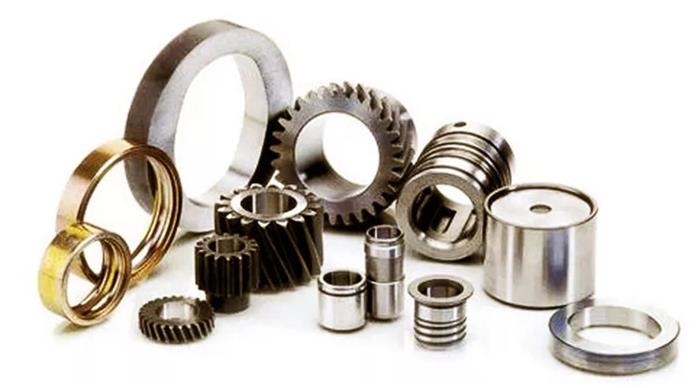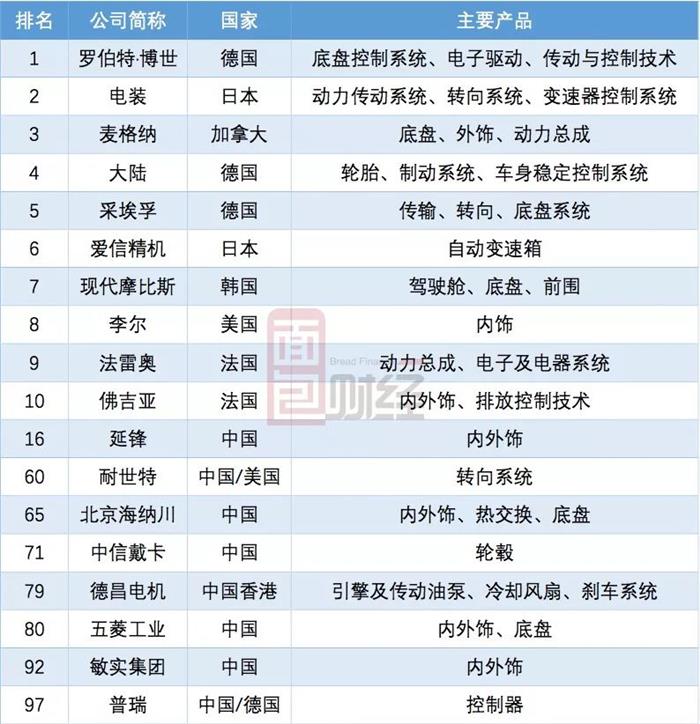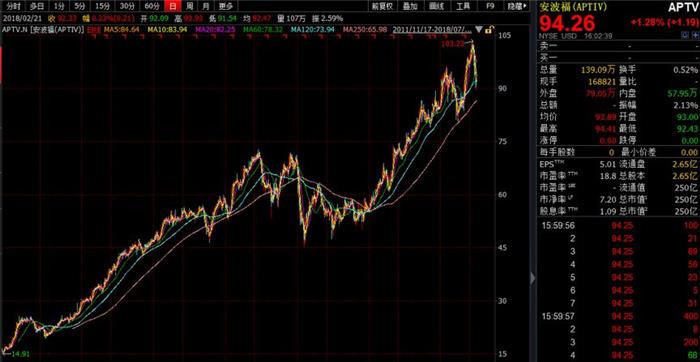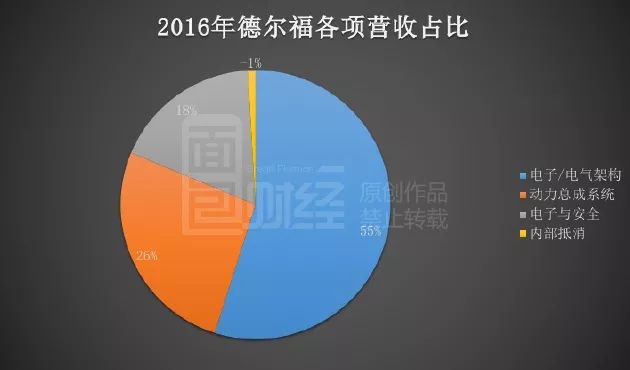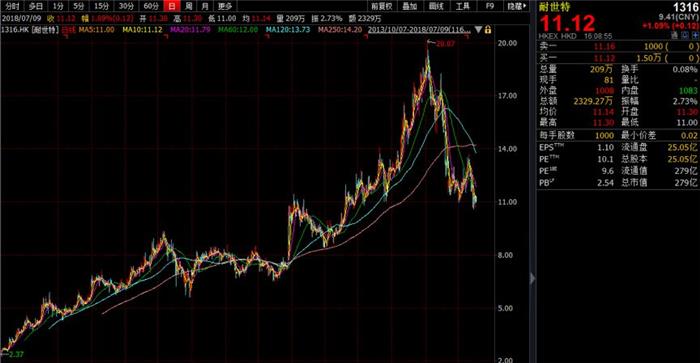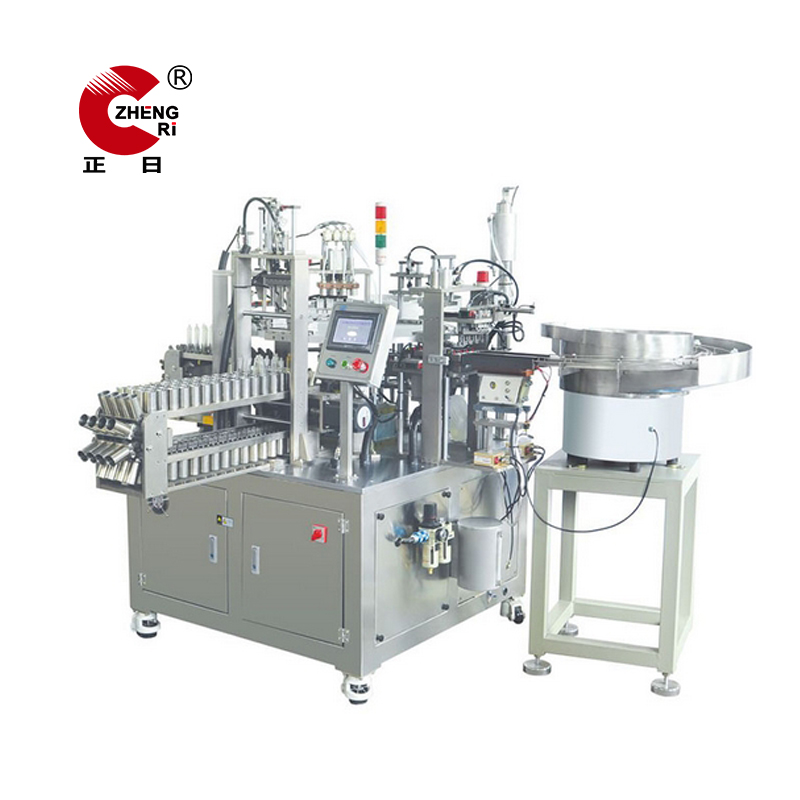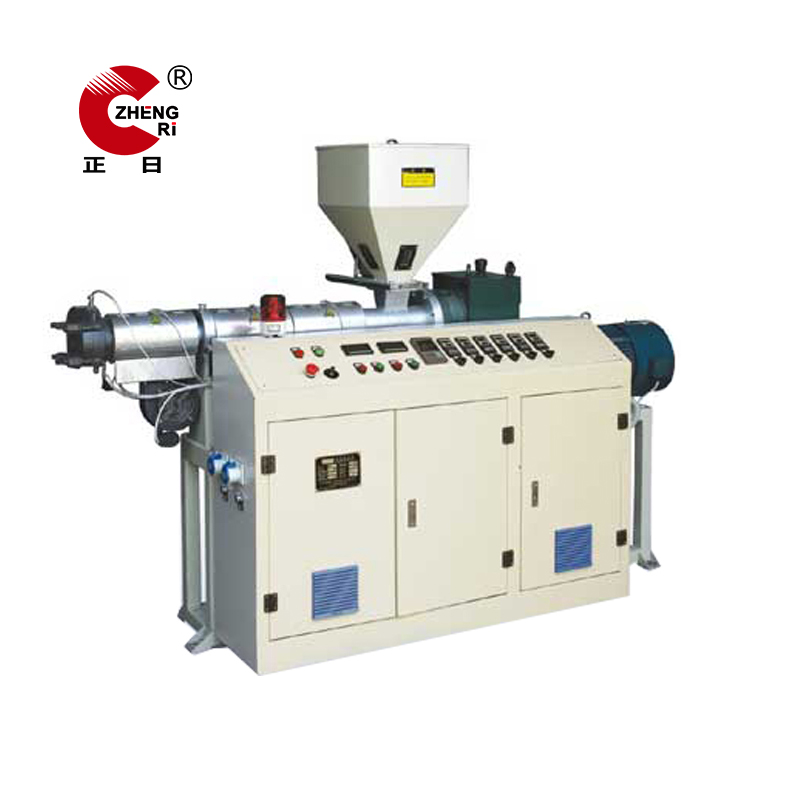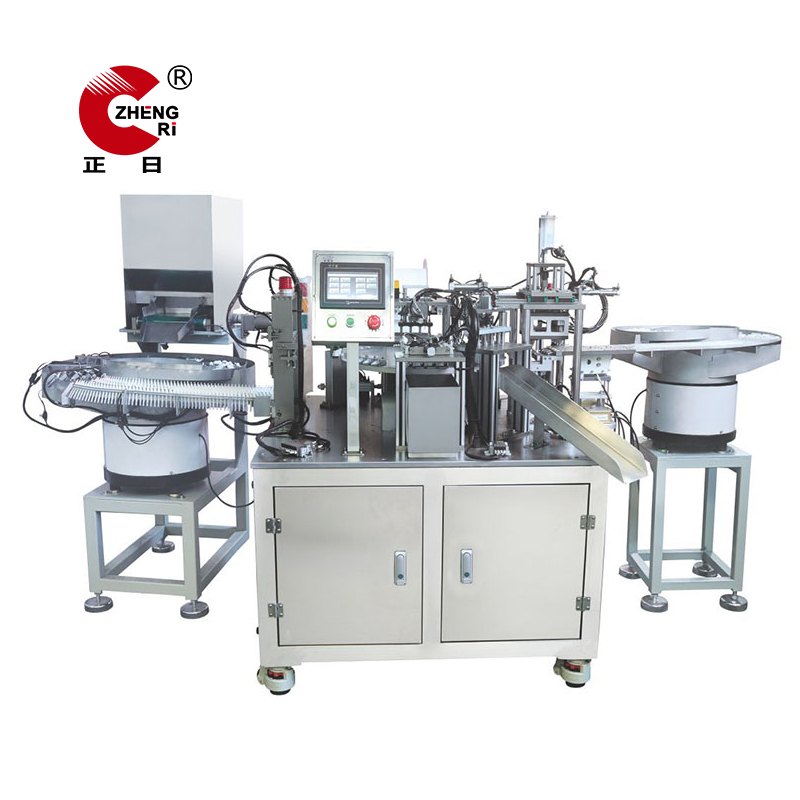China is already the world's largest automobile producer and consumer country. Its production and sales have won global championships for many years. Domestic sales even exceed the total domestic sales of the United States, Japan and Germany. However, the strength of the automobile industry is not solely based on the production and sales of heroes. The OEM production and sales data of the OEMs is a huge industrial cluster. There is another logic in the history of the automotive industry in the past 100 years: the core components are the best in the world. Therefore, if you look at the direction of the automotive industry, core automotive parts are a key issue. The core component companies hidden behind the OEMs have also created investment myths again and again, and their vitality is even more tenacious than many automakers that have disappeared. Let's talk about auto parts today, starting with a globally recognized list. "American Auto News" recently announced the list of the top 100 auto parts suppliers in the world in 2018. There are 8 Chinese companies (including acquisitions) on the list. The following table lists the top 10 and listed Chinese companies: Germany topped the list of auto parts, with three out of the top five. Robert Bosch has been the world's number one auto parts for many years, with revenues of $47.5 billion in 2017. Products range from automotive chassis control systems to transmission technology and electronic drive technology. However, the above list is not necessarily comprehensive, such as Michelin, Fuyao Glass and other auto parts supporting companies are not on the list. The number of Chinese companies on the list increased from one in 2013 to eight in 2018, three of which were acquired through acquisitions – Nexteer, Beijing Hainachuan and Puri. Yan Feng, who specializes in interior and exterior decoration, is the only company in China that has entered the top 20 companies. Looking at the main products of the Chinese companies on the list, we will find that enterprises with internal and external decoration as the main products account for the majority. The products of TOP10 companies are mainly core products such as power transmission, chassis control, transmission and steering system. Looking at the global auto parts pattern, auto parts companies are roughly divided into two types: one is the independent parts manufacturer at the beginning; the other is born under the auto OEM system. The former such as Bosch, Magna, the latter such as Denso, Delphi, which is based on Toyota, Delphi from GM. In addition to Yan Feng, China's highest ranking on this list is Nexteer, and Nexteer and GM have a deep relationship. Including Nexteer, GM has split out three independent auto parts listed companies, all of which have entered the top 100 list. Today, we start with GM, the auto giant in the automotive industry, to see the three global auto parts suppliers separated from their bodies to understand the development of auto parts companies. Delphi: GM's auto parts giant Let’s look at a stock price chart: The auto parts company, Anbofu, has repaid its share price from $14.91 in 2011 to the current $94.26, which has more than doubled in the past seven years. The predecessor of Amberford was auto parts giant Delphi, an auto parts company that was split from General Motors. In 1995, GM renamed its automotive parts division to Delphi Automotive Systems, which provided GM with a very comprehensive component service. In 1999, GM split Delphi into a separate listing. Despite the split, Delphi’s revenue from General Motors’ total revenue still exceeds 50% for a long time. Cheng is also versatile, and defeat is also common. Affected by GM's sales drag and labor problems, Delphi applied for bankruptcy protection in 2005. After four years of bankruptcy reorganization, Delphi re-listed in 2011 and landed on the New York Stock Exchange. After the reorganization, Delphi focused its business in three areas: electronic/electrical architecture, powertrain systems, and electronics and security. The following chart shows the revenue of Delphi 2016: After years of development, Delphi’s reliance on GM has been significantly reduced: in 2016, revenue from GM accounted for only 14%. During this period, Delphi’s gross profit margin increased year by year, from 16.55% in 2011 to 21.33% in 2016. However, as shown in the previous stock price chart, Delphi, which went public in 2011, has now changed its name to Amberford, because Delphi has subsequently split again, this time splitting the traditional business and the new business. In 2017, Delphi was split into two listed companies, the original listed company changed its name to Apollo (APTIV.N), based on the original electronic / electrical architecture and electronic and security business, focusing on autonomous driving technology. The Delphi Technology (DLPH.N), which was split, achieved its IPO in November 2017. It continues to focus on the powertrain system, focusing on engine efficiency and electrification. Currently, Delphi’s and Amberford’s total market capitalization are $3.8 billion and $25 billion, respectively. At present, the total market value of GM is only 55.2 billion US dollars, which means that the market value of the two parts companies is already more than half of the GM. According to the statistics of the company's auto parts companies listed on the world's major markets, Ampere's market value is currently second only to the mainland and Denso. And Amberfo is only ranked 21st in the top 100 global auto parts list mentioned above. Compared with Delphi technology, which is still engaged in the more traditional auto parts business, perhaps the shift of Anbofu to smart driving has a great reference for the future development of the auto parts industry. Anbofu: The market value of 100 billion yuan made by smart driving In fact, before the official split, Delphi began to enter the field of car networking and autonomous driving through investment acquisition. In 2017, Delphi concentrated on investing in or acquiring a number of related companies, such as data service provider Movimento, vehicle data company Otonomo, and autopilot software company NuTonomy. According to the Huatai Securities Research Report, Amberfu has entered the global echelon in the 2017 Autopilot Competitiveness Ranking released by Navigant Research in 2017. According to the earnings report, after the split of Delphi Technology, Ampford began to classify its revenues into two categories starting from the fourth quarter of 2017, namely signal and power solutions (mainly the original electronic/electrical architecture), advanced security and users. Experience (including autopilot software and technology). In the first quarter of 2018, AMB's total revenue was US$3.63 billion, of which advanced security and user experience revenue was 1.032 billion yuan, up 25.7% year-on-year, accounting for 28.43% of total revenue, up 2.3 percentage points year-on-year. As a field that has attracted much attention in the automotive field in recent years, smart driving has become a battleground for the auto giants, and Internet and high-tech companies are joining this camp. For example, Intel acquired Israel before focusing on ADAS (advanced auxiliary). Driving) Mobileye. Delphi and Apollo, on the basis of GM, have a certain reference for auto parts companies by gradually streamlining the product line and developing in two directions in the traditional and emerging fields of automobiles. In fact, in the process of splitting and combining the general-purpose auto parts companies, an auto parts company that is currently in the top 100 global list has also been split. This is also an easily overlooked auto parts company. After the series of twists and turns, the third component company that was split by GM eventually became a Chinese-controlled company, Nexteer (1316.HK), which is currently listed on the Hong Kong stock market. Nexteer: the originator of the steering system, after several changes, from the US to the Chinese capital In 1906, Nexteer was founded in the United States under the name of Jackson, Church & Wilcox, and was acquired by Buick of GM in 1909. In 1917, it became the manufacturing department of GM parts, mainly engaged in automotive steering system components. Production. Subsequently, Nexteer was placed under Delphi as its main business unit. In 1999, Delphi was spun off and listed separately. In 2009, GM acquired Delphi's turn business and officially renamed it. Affected by the financial crisis, General Motors entered bankruptcy restructuring in 2009, and a series of assets including Nexteer were forced to sell. In November 2010, Pacific Century, which has a Chinese background, acquired Nexteer from General Motors, and China Capital officially entered the company. In 2011, AVIC, a subsidiary of the state-owned AVIC, acquired a 51% stake in the Pacific Century from Beijing Yizhuang, thereby indirectly controlling Nexteer. In 2013, Nexteer completed its listing on the Hong Kong stock market. As a result, this century-old auto parts company from the United States has become a Hong Kong-listed company indirectly controlled by Chinese state-owned enterprises. At present, Nexteer is the largest and the third largest electronic power steering enterprise in the United States, with a global market share of 12%. After the listing, Nexteer's share price has risen to 20.07 Hong Kong dollars in early January 2018, up 7.4 times compared with 2.4 Hong Kong dollars when it was first listed in 2013. However, after January 2018, Nexteer's share price began to fall sharply. Compared with the high of 20.07 Hong Kong dollars, the stock price has fallen by nearly 44%. This is due to the collective plunge in global stock markets in the first half of this year, and the lower-than-expected results on the other hand: Nexteer's 2017 revenue growth has dropped from the previous double digits to single digits, only 1.21%. . The slowdown in performance is related to Nexteer's long-over concentrated customer structure: 77% of Nexteer's revenue comes from three major US automakers – GM, Ford and Chrysler – and about 43% of its revenue comes from the old owner. In 2017, sales of the above three major automakers fell by more than 14% year-on-year, while GM, which accounted for the largest share, experienced a further decline of 5.29% in the first quarter of 2018. It can be seen that Nexteer, who has been independent from GM for eight years, is still unable to leave the old club in business. This has always been a concern for investors. After all, Delphi’s foreclosure of bankruptcy and restructuring was there. The problems encountered by Nexteer are actually problems that the auto parts company will face. In fact, in addition to reducing the reliance on GM like Delphi, there is another way of development – ​​leveraging the OEM and focusing on R&D. The top 100 auto parts list ranks in the top five for many years, and it is a classic case to force the first appearance of Bosch to top the Denso. Stones from other mountains: those things like Denso and Toyota The name of Denso is believed to be heard by most non-automotive professionals. Its English name is Denso. According to the introduction of Denso official website, it was founded in 1949, the main products include power transmission system, automotive air conditioning, driving control, body electronics and so on. In FY 2018, Denso's total revenue was 5.11 trillion yen and net profit was 320.561 billion yen, equivalent to RMB 301.7 billion and RMB 18.9 billion, respectively, representing a year-on-year increase of 12.8% and 24.4%. In fact, the history of Denso has to go back more than a decade. In 1937, Toyota Motor was formally established, and there was an "electrical parts" part in the internal structure. This is the predecessor of Denso. As the Japanese government encouraged the localization of the automobile industry, Toyota did not find a satisfactory domestic parts department, and with the demand for the automobile market generated by the outbreak of World War II, Toyota officially began to produce its own electrified parts. After the defeat of Japan, Denso was forced to be removed from the Toyota system and become an independent entity. For a long time, most of its products were still sold to Toyota. However, with the increase in the export of Japanese cars, Denso has also opened up the international road. Toyota's share in its revenue is currently stable at around 45%. There are at least two important turning points in the development of Denso. One was the technical cooperation with Bosch in 1953. During the cooperation, Denso clearly felt the gap with German technology, and later established the company's thinking of research and development. The other is the oil crisis of the 1970s and the US environmental protection policy, which enabled Japanese cars to open up in the US market. Denso focused on fuel consumption and emissions, and eventually developed an engine ECU (Electronic Control Unit). To sum up, although Toyota plays an important role in the development of Denso's business, Denso is aware of the importance of R&D at the beginning of its independence, and its subsequent grasp of important historical opportunities is also the main reason for its business growth. . Then look back to the Chinese auto parts industry. According to the “Medium and Long-Term Development Plan for the Automotive Industry†released by the Ministry of Industry and Information Technology in 2017: By 2020, a number of auto parts enterprise groups with a scale of more than 100 billion will be formed, which will have strong international competitiveness in some key core technology fields and will be formed by 2025. Several companies have entered the top ten auto parts business groups in the world. The history of car development in the past century is the history of parts development. It’s not easy to win the sales, it’s even harder to get the core parts. (CBB)
The infusion set is widely used in the hospital all over the world. So the requirement for infusion set increases with each passing day. But the traditional infusion set production line relies on manual assembly. The production rate is slow, and the labor cost is high. Our infusion set manufacturing line can help clients to solve this problem. We can design the infusion set production according to clients sample.
The infusion set making machine include, infusion parts molds, Injection Molding Machine, pvc extruder, assembly machine, Packing Machine and sterilizer etc.
We not only providing the necessary infusion set making machines, but also providing the raw material, installation service, technique and operation training, the workshop layout design and cleaning workshop construction etc.
If you`re interested, welcome to contact us at any time.
FAQ:
1. Are you a manufacturer?
Yes, we are the professional manufacturer set up in 1992, located at a beautiful town of Zhejiang Province.
2. Can you provide the oversea service?
Yes, after the machines arrive at your factory, we will arrange engineers go to install the machine and train your operators.
3. Can we visit your factory?
Of course. We highly welcome clients come to visit our factory. It will be our great honor to meet you.
4. How can you guarantee the quality?
100% qualified products before the delivery. The clients can inspect the products at our factory.
1 year warranty ( failure caused by machine quality ) from the equipment arrive at the client`s factory. Lifetime maintenance and offer for the spare parts.
Infusion Set Production Line Infusion Set Production Line,Medical Infusion Set Production Line,Infusion Set Assembly Production Line Yuhuan Zhengri Technology Co., Ltd. , http://www.syringemachine.com